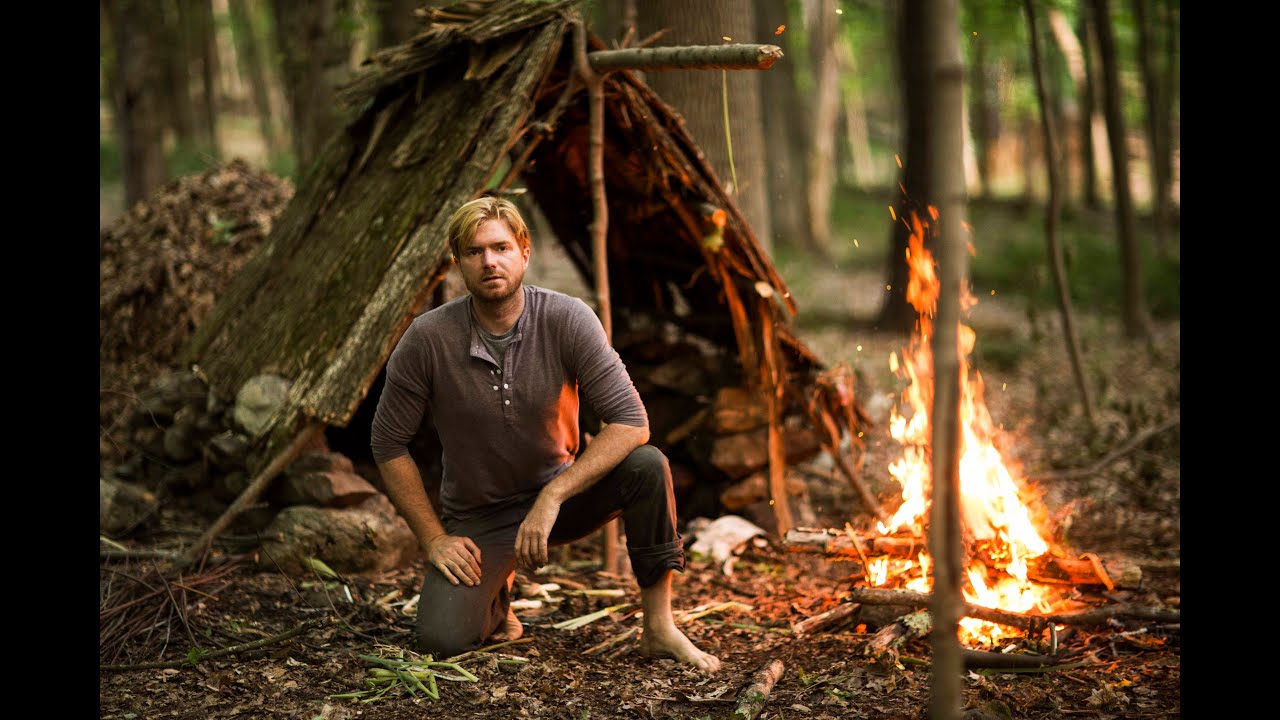Wilderness survival stories often highlight not just raw physical endurance, but also the ingenuity and strategic thinking of individuals who managed to outwit nature itself. These wilderness survival stories showcase remarkable feats of cleverness and adaptability that allowed people to survive and thrive in the face of daunting challenges. Here are some of the most incredible examples of how human intelligence and resourcefulness have triumphed over the wild.
1. The Ingenious Survival of Steven Callahan
In 1982, sailor Steven Callahan faced a formidable challenge when his boat sank in the Atlantic Ocean. Stranded on a life raft with minimal supplies, Callahan used his survival skills to turn adversity into advantage. He fashioned a fishing line from a shoelace, collected rainwater with a makeshift tarp, and even used a mirror to signal for help. His ability to adapt and use available resources effectively allowed him to survive 76 days at sea before being rescued.
Why It’s Incredible:
- Callahan’s resourcefulness and ability to repurpose everyday items into life-saving tools illustrate how clever problem-solving can make the difference in survival situations.
2. Juliane Koepcke’s Jungle Navigation
After surviving a plane crash in the Amazon rainforest in 1971, 17-year-old Juliane Koepcke faced the daunting task of navigating through one of the most hostile environments on Earth. Utilizing her knowledge of the jungle, Koepcke created a makeshift shelter, foraged for edible plants, and followed riverbanks to find her way to safety. Her survival was a testament to her ability to outsmart the jungle using her wits and environmental knowledge.
Why It’s Incredible:
- Koepcke’s clever use of her understanding of the jungle and survival techniques exemplifies how knowledge and ingenuity can overcome the harshest natural obstacles.
3. Aron Ralston’s Extreme Adaptation
In 2003, climber Aron Ralston became trapped by a boulder in a remote Utah canyon. Faced with the prospect of dying from dehydration and entrapment, Ralston used his problem-solving skills to devise a plan for self-rescue. He fashioned a tourniquet from his clothing and used a multi-tool to amputate his trapped arm, freeing himself to hike out and find help. His innovative approach to a dire situation saved his life.
Why It’s Incredible:
- Ralston’s ability to think critically and adapt his tools and techniques to a life-threatening predicament highlights the power of human ingenuity in survival scenarios.
4. Hugh Glass’s Wilderness Strategies
Frontiersman Hugh Glass’s 1823 ordeal after being mauled by a grizzly bear is a prime example of strategic survival. Left for dead by his expedition team, Glass utilized his extensive wilderness skills to navigate through hostile terrain. He fashioned makeshift gear, including a raft, and employed clever tactics to evade threats and find food. His strategic approach to survival in the face of severe injury and abandonment is nothing short of remarkable.
Why It’s Incredible:
- Glass’s tactical use of wilderness skills and tools to overcome his injuries and navigate through rugged terrain demonstrates the effectiveness of strategic thinking in extreme situations.
5. Douglas Mawson’s Antarctic Survival
In 1912, explorer Douglas Mawson’s Antarctic expedition ended in tragedy when his team perished. Mawson used his deep understanding of the environment to survive alone in one of the most extreme climates on Earth. He improvised gear, rationed his food, and used his knowledge of ice and snow to travel back to base camp. His ability to outsmart the harsh polar conditions was crucial to his survival.
Why It’s Incredible:
- Mawson’s inventive use of available resources and his strategic approach to surviving extreme cold and isolation showcase how clever survival techniques can overcome the most challenging conditions.
Conclusion
These wilderness survival stories highlight the extraordinary ways individuals have used their intellect, creativity, and resourcefulness to outwit nature. From clever adaptations and strategic thinking to innovative use of resources, these stories offer valuable lessons on how ingenuity can turn the tide in life-threatening situations. For anyone interested in the interplay between human intelligence and the natural world, these tales provide both inspiration and practical insights.

